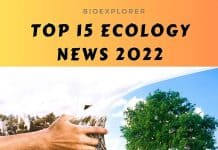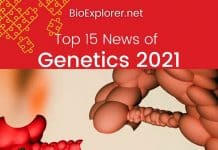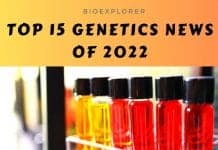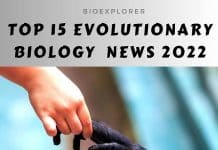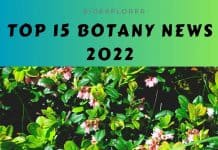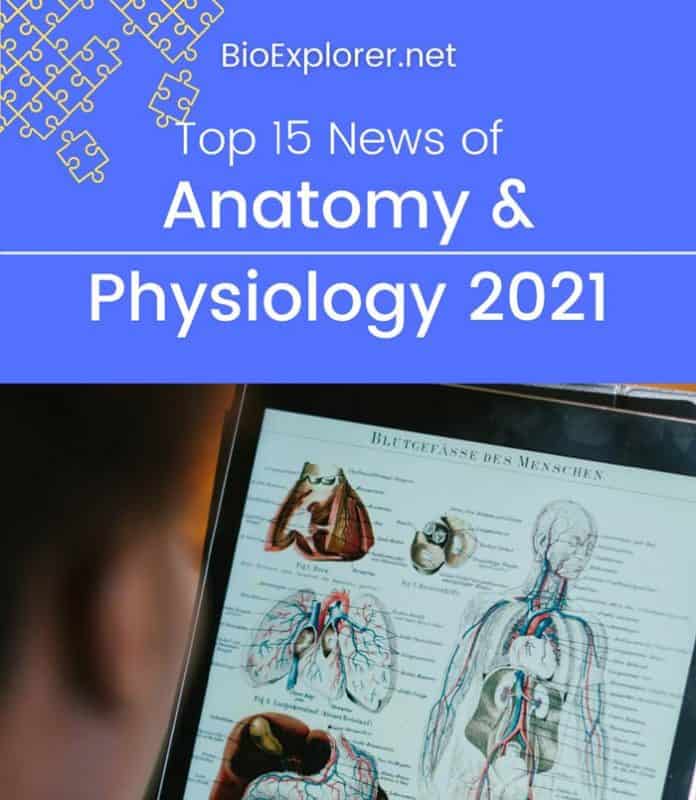
2021 was a dedicated year in science for investigating viruses, vaccinations, and public health. However, it can be impossible to appreciate the consequences of any condition, including COVID-19, on the body without fully understanding our anatomy and physiology. Although the epidemic has had many negative impacts, Anatomy and Neuroscience have published some good studies.
Table of Contents
- Top Anatomy News of 2021
- 1. Researchers suggest that strong coffee half an hour prior workout schedule hastens fat burning process (Spain, March 2021)
- 2. Researchers offer a phylogenetic and ontogenetic overview of the primitive streak and its role in mediating amniote (Japan, Dec 2021)
- 3. Tissues and organs can now be printed using a new 3D technology (USA, Feb 2021)
- 4. Recent study examines the methylation pattern of human brain microglia (USA, Dec 2021)
- 5. Scientists revealed that every individual has a unique brain anatomy (Switzerland, July 2021)
- 6. Regenerative medicine uses artificial “mini-bile ducts” to restore the function of human livers (UK, Feb 2021)
- 7. Irritable bowel syndrome’s mechanism has been discovered by scientists (Belgium, Jan 2021)
- 8. A well-known fossil sheds light on the time of human and ape divergence (USA, April 2021)
- 9. Physical fitness is significantly controlled by genes (UK, Oct 2021)
- 10. Preclinical research reveals spleen-heart relationship in cardiac healing (USA, Aug 2021)
- 11. Scientist finally understands why one’s immune system weakens by space travel (USA, June 2021)
- 12. A ketone supplement may be a cutting-edge treatment for improving brain function in obese people (UK, Oct 2021)
- 13. A recent study provides information on how resistance training burns fat (UK, Aug 2021)
- 14. Researchers examine the potential contribution of lactate sensors to sports physiology (Sweden, Oct 2021)
- 15. Ice for muscle strains could delay healing (Japan, May 2021)
Top Anatomy News of 2021
These 2021 noteworthy advancements and discoveries in Anatomy also speak to the increased interest scientists have in the brain’s structure, function, and disorders.
1. Researchers suggest that strong coffee half an hour prior workout schedule hastens fat burning process (Spain, March 2021)
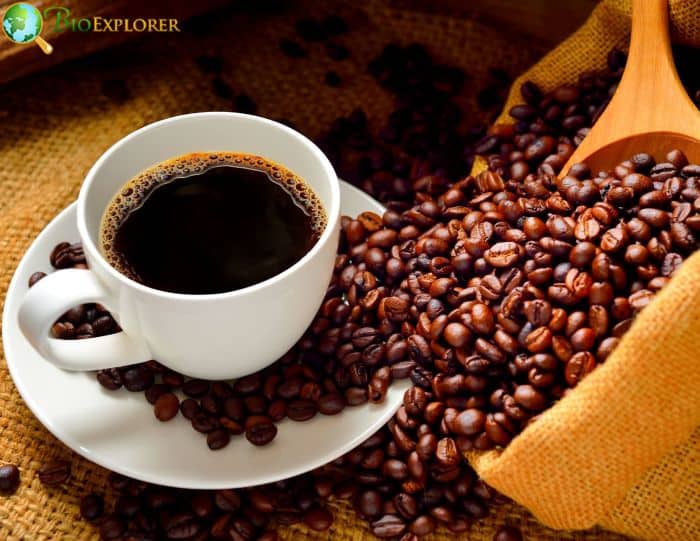
Researchers from the University of Granada (UGR) Department of Physiology have demonstrated that consuming caffeine (about 3 mg/kg, or the equivalent of a strong coffee) 30 minutes before aerobic exercise significantly speeds up the fat-burning rate.
- Additionally, they discovered that the effects of caffeine are more pronounced in the afternoon compared to the morning if the exercise is performed.
- The researchers wanted to know if caffeine, one of the most popular ergogenic drugs to enhance athletic performance, actually increased fat oxidation or “burning” during exercise.
- For example, it’s common practice to exercise on an empty stomach first thing in the morning to promote fat oxidation. However, this advice might not have any scientific support since it is unclear whether the increase is brought on by morning exercise or fasting for a more extended period.
In conclusion, the results of this study suggest that the best scenario for individuals looking to increase fat-burning during physical exercise is a combination of acute caffeine consumption and aerobic exercise performed at a moderate intensity in the afternoon.
![]()
2. Researchers offer a phylogenetic and ontogenetic overview of the primitive streak and its role in mediating amniote (Japan, Dec 2021)
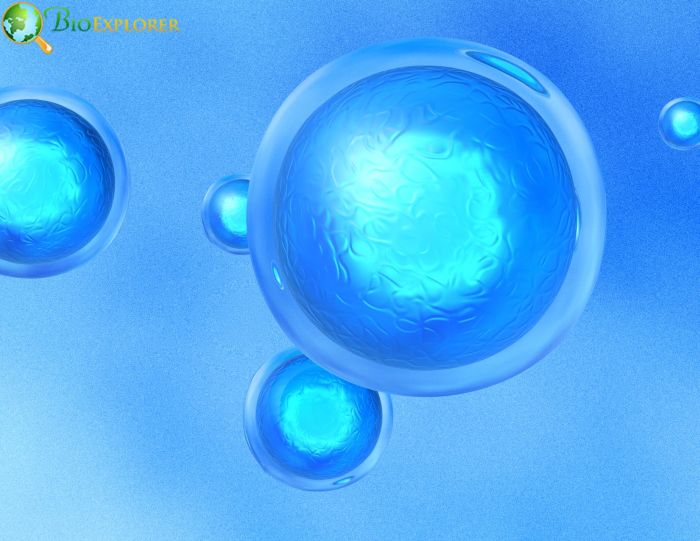
Researchers present a phylogenetic and ontogenetic overview of the primitive streak, discuss the implications of early mammalian embryogenesis models based on embryonic stem cells, and discuss the function of this structure in mediating amniote (vertebrate animals that develop on land) gastrulation.
- Most animals have two basic coordinate systems and are bilaterally symmetrical. The first assigns spatial identities to cells along the dorsoventral (back to front) and anteroposterior (head to tail) axes.
- The second grouping of cells into categories (i.e., germ layers). The three germ layers in most animals, including humans, are the ectoderm, mesoderm, and endoderm. The ectoderm is the source of the skin, nervous system, eyes, muscles, bones, and vessels (source of the intestines, lungs, liver, pancreas, etc. ).
- Scientists can now cultivate pluripotent, pre-gastrulation human (and other mammalian) cells in the lab and direct these cells to differentiate into any one of hundreds of cell lineages by adding biochemical cues step by step. However, growing these cells into healthy tissues or organs has been challenging.
- This failure can be attributed, in part, to the fact that organogenesis, or the process of organ formation, begins in vivo right after gastrulation, when cells with various germ layer origins and spatial coordinate identities work together to form essential organs.
- These cells undergo proliferation, three-dimensional organization, and terminal differentiation before becoming functionally mature through subsequent reciprocal interactions that are species- and organ-specific.
- Mammalian and avian primitive streaks evolved independently, utilizing various supra-cellular mechanisms that led to their morphological emergence. The primitive streak is not a conserved feature in amniote development.
- The researchers emphasize that the primary function of gastrulation is to provide newly formed cells in each germ layer with a coordinate system to organize primary cell fates and the primordia of organs and tissues that are relative to each other spatially, in addition to mediating the emergence of germ layers from the epiblast (pluripotent cells).
Stem cell biology and regenerative medicine research aim to replicate (recapitate) such organ rudiments in vitro.
![]()
3. Tissues and organs can now be printed using a new 3D technology (USA, Feb 2021)
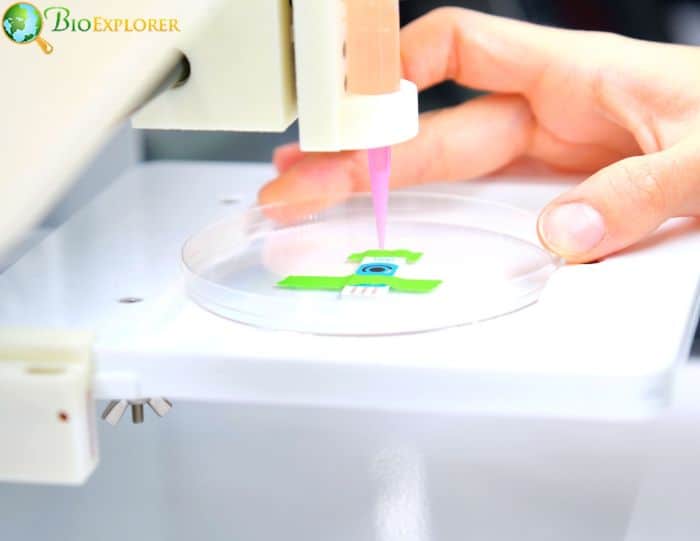
Scientists work to replicate the structure and operation of complex biological systems, ranging from human tissues to entire organs, 3D bioprinting research has exploded in recent years.
- The Freeform Reversible Embedding of Suspended Hydrogels (FRESH) 3D bioprinting method circumvents gravity and distortion by printing inside a yield-stress support bath that holds the bio-inks in place until they are cured, is now explained by researchers.
- The FRESH method incorporates several distinctive features. First, while still allowing for the movement of the extrusion needle, a support bath enables the printing of cells and bio-inks that maintain their position as they cure.
- A high level of cell viability is also maintained during the printing process thanks to the FRESH support bath. Of all 3D-bioprinting techniques, FRESH offers the capability to work with the broadest selection of bio-inks.
- Finally, it employs a nondestructive print release by gently melting the support bath at body temperature and warming the ink to 37 degrees Celsius.
- Many research labs have adopted FRESH for their projects, including the FRESH printing of nanocellulose, conductive hydrogels, scaffolds for the growth of stem cells, and heart chambers resembling ventricles. They are made of contracting heart muscle cells.
To control muscle architecture and regenerate muscle tissue after muscle loss, researchers have recently started several studies to FRESH 3D-print skeletal muscle.
![]()
4. Recent study examines the methylation pattern of human brain microglia (USA, Dec 2021)
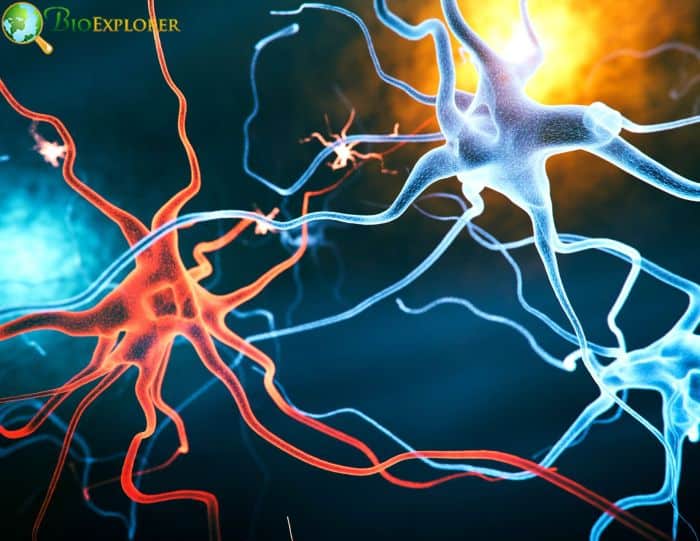
Microglial cells in the central nervous system are essential for growth, aging, brain homeostasis, and pathology.
- Recent research has revealed differences in microglia’s gene expression pattern and phenotype across different brain regions and between various ages and disease states.
- However, little is known about the molecular processes leading to these human brain transcriptomic alterations. A recent study focuses on the methylation profile of human brain microglia.
- The brain’s immune cells, known as microglia, were previously believed to be a homogenous population that could be either “activated” or “inactivated, ” with pro-inflammatory or neuroprotective effects.
- However, it is now understood that the cells can exhibit a wide range of phenotypes depending on their environment, which can have numerous functional implications. The importance of microglia in neurologic and psychiatric disorders is increasingly being recognized.
- The primary method of epigenetic control, DNA methylation, affects the pattern of genes turning “on” or “off” under varied conditions over time. Different DNA methylation profiles from those of other central nervous system cells could be seen in microglia.
These encouraging findings suggest that the dysfunction of microglia, critical immune cells in the brain, has a role in the biology of depression.
![]()
5. Scientists revealed that every individual has a unique brain anatomy (Switzerland, July 2021)
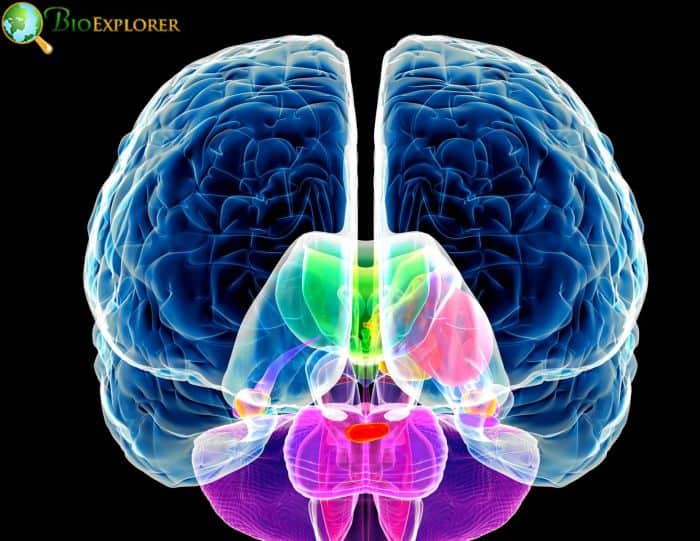
According to a study, no two people have the same brain architecture. This individuality is the outcome of both genetic and personal life experiences.
- Professional athletes that employ specific brain regions for their professional activity, like musicians, golfers, or chess players, have certain brain traits. Shorter-term events, however, can also leave their mark on the brain.
- For instance, if the right arm is immobilized for two weeks, the cortex’s thickness in the regions of the brain that regulate the arm is decreased. We hypothesized that events that impact the brain interact with genetic makeup so that each person acquires an entirely unique brain structure over time.
This research confirmed that each person’s brain is built differently. The interaction of hereditary and non-genetic factors affects the brain’s structure and function.
![]()
6. Regenerative medicine uses artificial “mini-bile ducts” to restore the function of human livers (UK, Feb 2021)
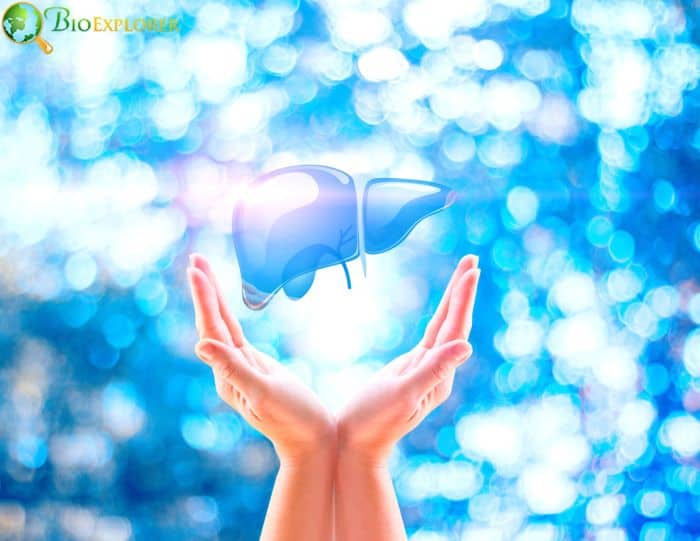
Scientists have demonstrated that injured human livers may be repaired using bile duct organoids, sometimes known as “mini-organs “, which were grown in the lab using a technology. The procedure has never been applied to human organs before.
- The study paves the way for cell treatments to treat liver illness, which entails generating “mini-bile ducts” in the lab as replacement components that can be used to repair damaged organ donor livers so that they can still be used for transplantation or to restore a patient’s own liver to health.
- There are no effective treatments for bile duct dysfunction, which accounts for 30% of adult and 70% of pediatric liver transplants and serves as the liver’s waste disposal system.
- The University of Cambridge researchers have created a new strategy that makes use of a recent “perfusion system” that can be used to keep donated organs alive outside the body.
- They used this method to show for the first time that it is feasible to repair damaged human livers by transplanting cholangiocytes, or biliary cells generated in a lab. They restored livers deemed unfit for transplantation because of bile duct damage as a proof-of-concept for their technique.
- This strategy could speed up the clinical use of cell-based therapy for various organs and illnesses.
This is a crucial step towards enabling the use of organs previously ruled unfit for transplantation. In the future, it might ease the strain on the transplant.
![]()
7. Irritable bowel syndrome’s mechanism has been discovered by scientists (Belgium, Jan 2021)
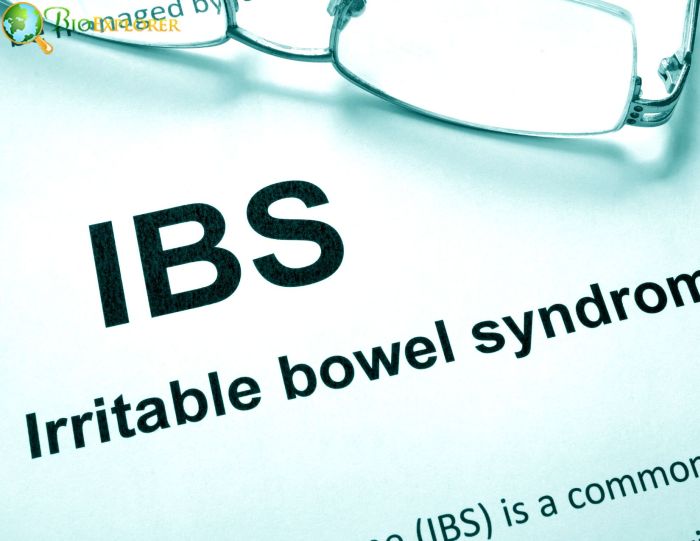
The biochemical mechanism that explains why certain people experience belly pain after eating particular foods has been discovered by researchers.
- The discovery opens the door to a more practical approach to treating food intolerances and irritable bowel syndrome. Both mice and humans participated in the study.
- The immune system does not respond to meals in a healthy intestine, so determining what would cause this tolerance to fail was the first step. The researchers hypothesized that an infection that occurs when a specific food is present in the stomach can sensitize the immune system to that food because individuals with IBS frequently report that their symptoms started after a gastrointestinal infection, such as food poisoning.
- On the other end of the range, food allergy is a disorder that causes extensive mast cell activation throughout the body, influencing Respiration and blood pressure.
Scientist believes that by preventing mast cell activation, one can use this approach for treatment that will be effective in producing more chemical regulators and mediators than merely using antihistaminic drugs.
![]()
8. A well-known fossil sheds light on the time of human and ape divergence (USA, April 2021)

Researchers looked into Little Foot’s shoulder assembly. They may have found evidence that our ancestors moved their arms as we do today. Little Foot was an Australopithecus that lived more than 3 million years ago.
- Little Foot represents a nearly complete skeleton of an Australopithecus individual who lived considerably earlier than most other human relatives; the Little Foot fossil is a unique specimen.
- When it existed about 3.67 million years ago, the creature, most likely an elderly female, stood about 4 feet tall and had lengthy legs appropriate for bipedal movement. The remains, dubbed “Little Foot” because the first bones recovered were a few little foot bones, were found in a cave in South Africa in the 1990s.
- Excavating it from its rock enclosure and putting it through sophisticated analysis took years of research. The shoulder assemblies were exciting to the USC-led research team since Little Foot offers the oldest and most complete example of this anatomy ever discovered.
- These bones also offer apparent indications of an animal’s movement. Before our ancestors could live in a world devoid of trees, roam the vast savannah, and utilize their arms for purposes other than bearing their own weight, he claimed that these parts had to change during the evolution of humans.
Finally, the researchers suggest that the shoulder shape and function of Little Foot is a good model for that of the common ancestor of humans and chimpanzees 7 million to 8 million years ago based on similarities with current humans and apes.
![]()
9. Physical fitness is significantly controlled by genes (UK, Oct 2021)
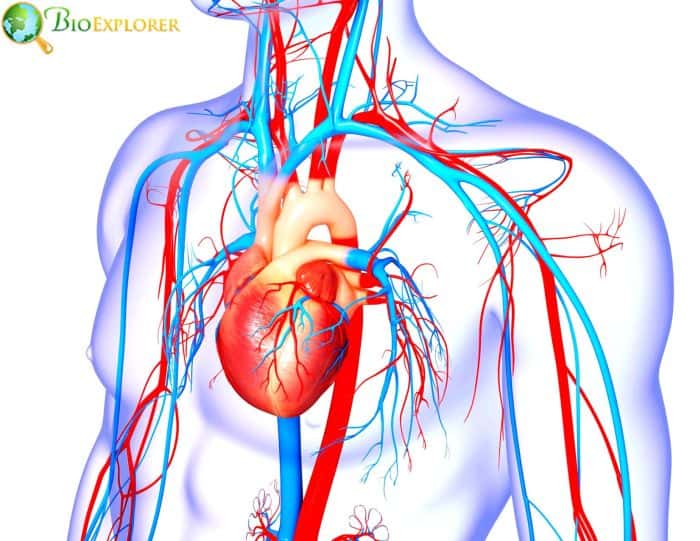
According to a recent study, genes can account for up to 72% of the outcome variations among individuals following a specific fitness practice. The study used information from 3, 012 adults and discovered certain genes affecting various physical activity results.
- All participants demonstrated improvements after their exercise training, but to varying degrees, even when performing the same exercise training.
- Muscle strength, cardiovascular fitness, and anaerobic power are all crucial factors shaping an individual’s fitness, well-being, and quality of life.
- The researchers discovered that genetic variations account for 72% of the diversity in outcomes for individuals who follow the same activities intended to increase muscle strength.
- They did this by merging data from 24 different studies. The researchers propose that DNA Testing might enable exercise adaptation, resulting in more effective exercise for each person than universal exercise. From professional athletes to hospitals, patients undergoing rehabilitation might gain from this.
Every human has a unique genetic makeup; even identical activities may have slightly varied effects on our bodies. Therefore, an exercise regimen should be more successful by determining a person’s genotype and then creating a customized training program, particularly for them. This could be especially helpful for people who need to see gains quickly, including hospital patients or professional athletes, for whom small increases can be the difference between success and failure.
![]()
10. Preclinical research reveals spleen-heart relationship in cardiac healing (USA, Aug 2021)
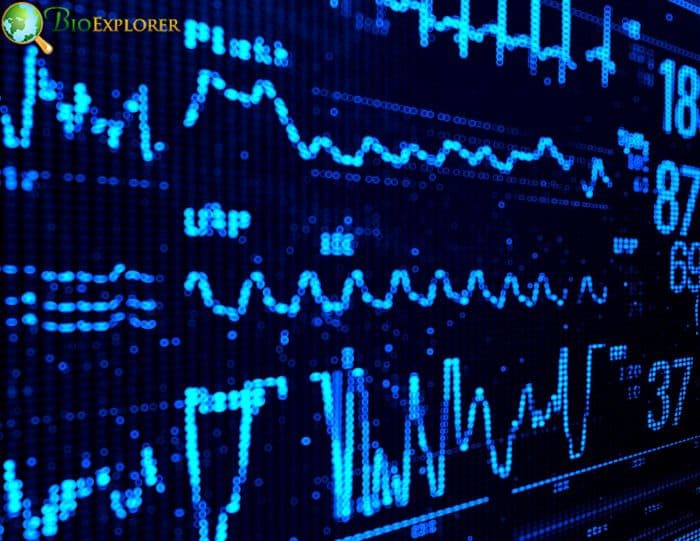
A preclinical investigation has examined the lipid mediator sphingosine-1-phosphate (S1P) interactions in the spleen and heart during the change from acute to chronic heart failure. In addition, the researchers identified new methods to clarify how the spleen and heart coordinate physiological inflammation in cardiac healing using a mouse model of heart failure.
- When significant damage, such as a heart attack or viral invasion, occurs, the spleen may quickly assemble an entire army of immune cells and signaling chemicals to respond.
- A recent preclinical investigation examined how the lipid mediator sphingosine-1-phosphate (S1P) interacted with the heart and spleen as acute heart failure led to chronic heart failure.
- The researchers uncovered new cardiac healing mechanisms to understand how the spleen and the heart coordinate physiological inflammation in a mouse model of heart failure.
- Our research also implies that patients with a high risk of heart failure may benefit from early diagnosis of low or absent S1P levels after a heart attack and targeted activation of this bioactive lipid mediator.
- This study provides a relationship between fatty acids, ineffective inflammatory control, and heart failure that has been established by a group of researchers. The research lab is dedicated to finding strategies to stop, postpone, or treat persistent inflammation following a heart attack.
- The most recent study focused on the production of S1P and its function in heart healing. A lipid mediator called S1P is dysregulated during inflammatory reactions, such as heart failure.
- Many research teams have also demonstrated the potential importance of this signaling molecule as a therapeutic target for heart failure brought on by heart attacks and ischemia-reperfusion injury.
![]()
11. Scientist finally understands why one’s immune system weakens by space travel (USA, June 2021)

This fact was first realized during the early Apollo missions when astronauts experienced inner ear disturbances, heart arrhythmia, low blood pressure, dehydration, and loss of calcium from their bones after their missions. Microgravity in space disturbs human physiology and is harmful to astronaut health.
- Even dormant diseases like the chickenpox virus have reactivated in some astronauts. These results sparked research on the immune system’s responses to weak gravity, or “microgravity, ” which scientists have been studying for decades through manned rocket launches, shuttle trips, and stays on space stations, and occasionally by simulating space gravity in laboratories on Earth.
- An astronaut’s immune system deteriorating while in space is probably brought on in part by aberrant activation of immune cells known as T regulator cells (Tregs).
- As a result, T-cell immune activation responses are suppressed, while Tregs’ immune-suppressive responses are amplified.
- The scientists also discovered that “natural killer” lymphocytes were less active in a microgravity simulation but that antibody-producing B cells were unaffected.
This study gives us an understanding of the role played by Microgravity and immune suppression that can impact the quality of life of space travelers.
![]()
12. A ketone supplement may be a cutting-edge treatment for improving brain function in obese people (UK, Oct 2021)
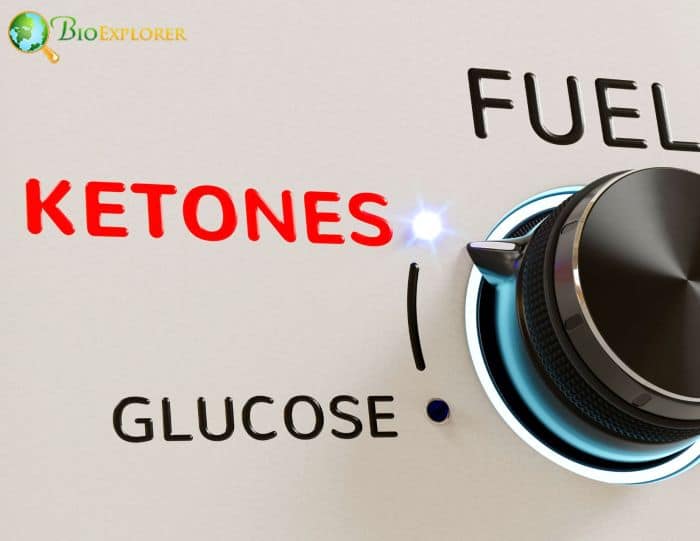
Ketone supplements may be a potential treatment approach for preserving and enhancing brain function in obese individuals, according to recent studies.
- Obese individuals have a higher risk of cognitive decline and neurodegenerative disorders.
- According to a recent study, giving an adult with obesity a ketone supplement three times per day for 14 days boosted blood flow to the brain and components of cognitive performance like working memory and processing speed.
- Beta-hydroxybutyrate (B-OHB)-containing supplements safe for human ingestion are relatively recent and have primarily been researched for physical performance (in sports and military settings).
- It has been demonstrated in the past that ketone supplements are helpful for older adults with dementia and mild cognitive impairment (MCI).
Researchers have expanded these findings by establishing that ketone supplements may be a unique therapeutic approach for preserving and enhancing brain health in obese individuals at risk of neurocognitive impairment.
![]()
13. A recent study provides information on how resistance training burns fat (UK, Aug 2021)

A recent study shows that resistance training is particularly beneficial for fat loss. Researchers discovered that resistance-style exercise controls the metabolism of fat cells at the molecular level.
- According to research on mice and humans, muscle cells respond to mechanical stress by releasing extracellular vesicles, which signal fat cells to switch on their fat-burning mechanisms.
- Initially, extracellular vesicles were thought to be a method for cells to eliminate certain proteins, lipids, and RNA. However, recently, it was found by scientists that they are also involved in intercellular communication.
- The research provides a fresh perspective on extracellular vesicle-mediated communication between skeletal muscle and other tissues.
- In addition, extracellular vesicles produced by resistance exercise have been shown to increase fat metabolism, which has important clinical implications.
![]()
14. Researchers examine the potential contribution of lactate sensors to sports physiology (Sweden, Oct 2021)
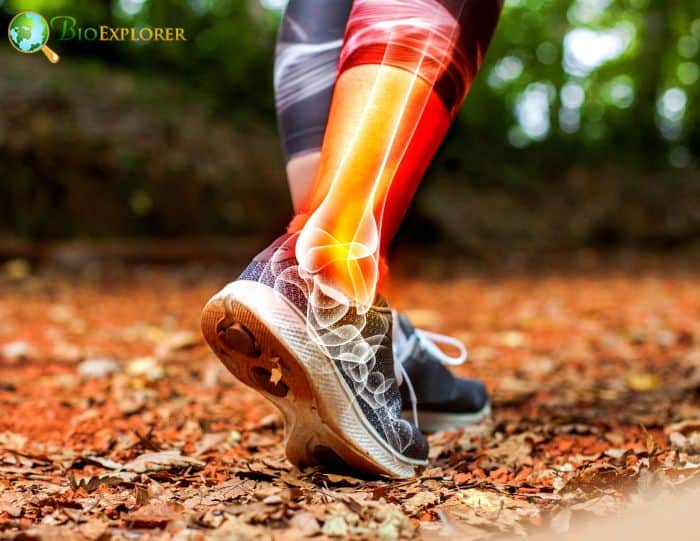
According to a recent study, sports physiology focuses on whether lactate sensor technology may enhance performance while minimizing injury, despite a recent history of contradicting – and incomplete – results.
- A consequence of anaerobic respiration, which occurs when muscle cells use glucose as energy without oxygen, is lactate, also known as lactic acid.
- Sports scientists and coaches can assess an athlete’s fitness and condition by taking a blood sample. However, the elusive gold standard would be a sensor that continuously checks lactate levels.
- The researchers note that there are still no widely-accepted methods for sweat collection and analysis that offer reliable data for determining an association between sweat lactate and blood lactate in their review of previous research.
- The essay analyses the electrochemical lactate sensors now used in wearables and identifies critical elements that should be modified or enhanced for the technology to succeed in the long run.
- A specifically created polymer layer on the sensor’s exterior was used by researchers to extract the lactate present in sweat. The polymer shields the sensor’s reactive enzyme from exposure to substances other than lactate, allowing it to read higher lactate concentrations than electrochemical sensors generally can.
This study proves the ability to measure blood and sweat on the body and compare those measurements with how well players perform in certain sports. Additionally, sweat samples will be taken to provide a lab-based validation of the sensor’s functionality.
![]()
15. Ice for muscle strains could delay healing (Japan, May 2021)
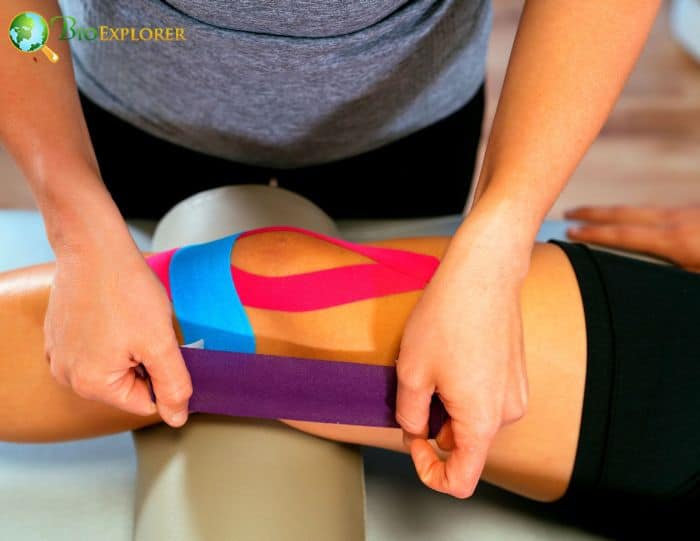
Ice is frequently applied to aching muscles during sports to alleviate inflammation. However, a recent study on mice found that freezing serious muscular injuries may delay recovery.
- According to the findings, cooling the wound makes it more difficult for macrophages to penetrate and heal the injured cells.
- Skeletal muscle injuries cover various muscular injuries, from microcellular to severe. These injuries include exterior wounds sustained because of accidents and natural disasters and those sustained while participating in sports or physical education classes at school.
- Although inflammation in reaction to tissue damage is one of the body’s natural healing processes, ice suppresses it. This is now recognized as an important reaction for tissue regeneration.
- In other words, the body’s attempt to heal itself may be hampered if inflammation is reduced using ice. When a muscle is injured, inflammatory cells congregate at the location to clear the damaged muscle’s detritus before starting to regenerate new muscle.
- However, the findings showed that applying ice makes it more difficult for inflammatory cells to access the damaged muscle cells. The inflammatory cells that enter the damaged muscle are typically macrophages.
- They comprise pro-inflammatory macrophages (*6), which phagocyte injured tissue and trigger inflammation, and anti-inflammatory macrophages, which squelch the inflammatory response and encourage healing. It is believed that pro-inflammatory macrophages transform into anti-inflammatory ones.
- The outcomes of the trials conducted by this study team demonstrated that icing slows the appearance of pro-inflammatory macrophages at the damage site.
According to this study, cooling serious muscular damage may slow recovery. Additionally, in school physical education lessons, it is taught that any form of injury should be treated immediately by icing. But in the future, people will be aware of the alternate strategy of hastening recovery by avoiding icing serious muscular injuries.
![]()
This news series on human physiology and anatomy gives us a detailed overview of recent advancements. Starting from regenerative medicine and stem cell therapy, the role played by caffeine aerobic exercises, 3D bioprinting FRESH used to heal and repair tissues, unique dynamics of brain anatomy, microglial cells epigenetic regulation, SIP and lactate identified as an important biomarker to treat heart failure and other chronic illness. Thus, these key findings give way to more exciting news in 2022.
![]()


